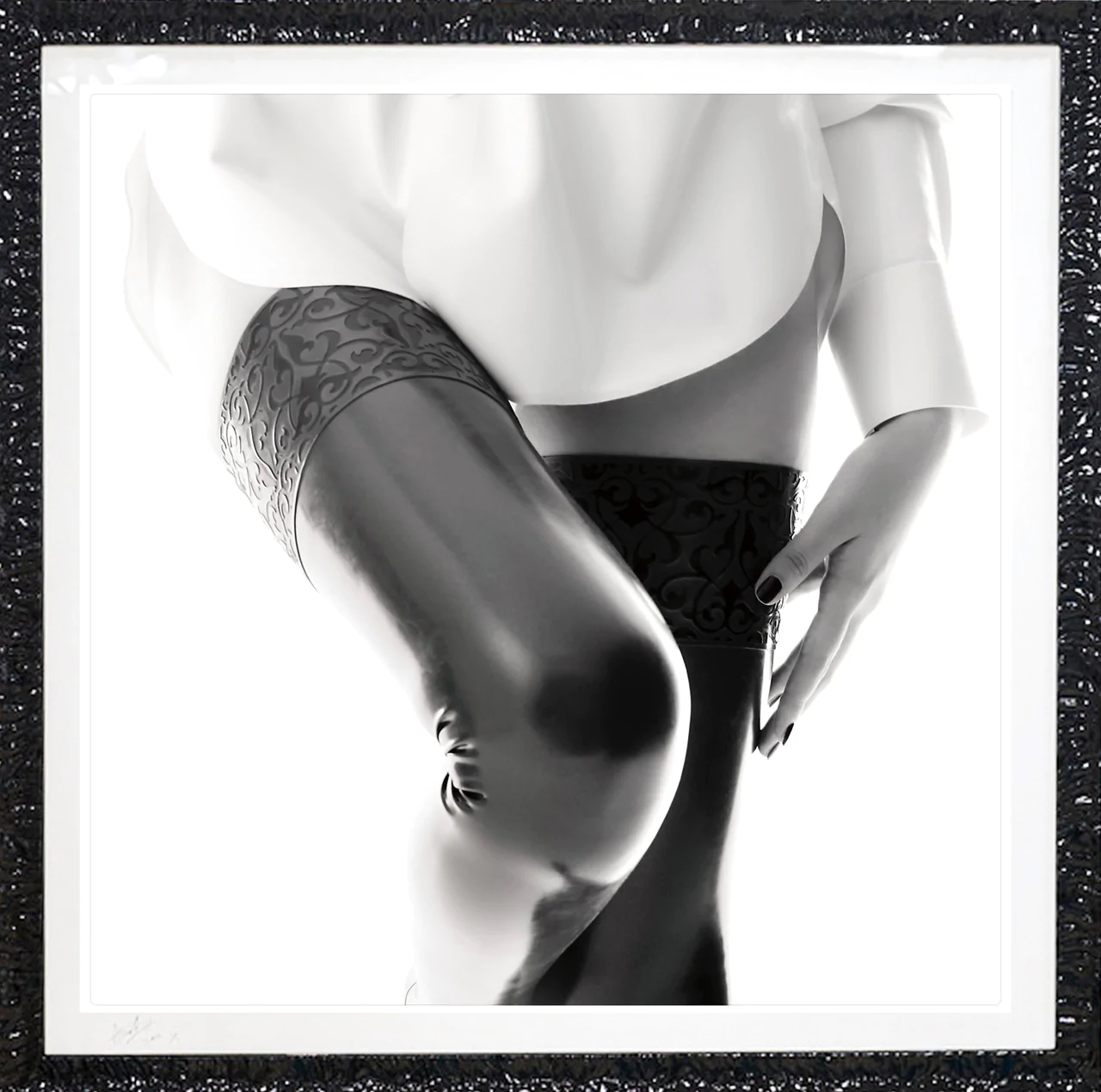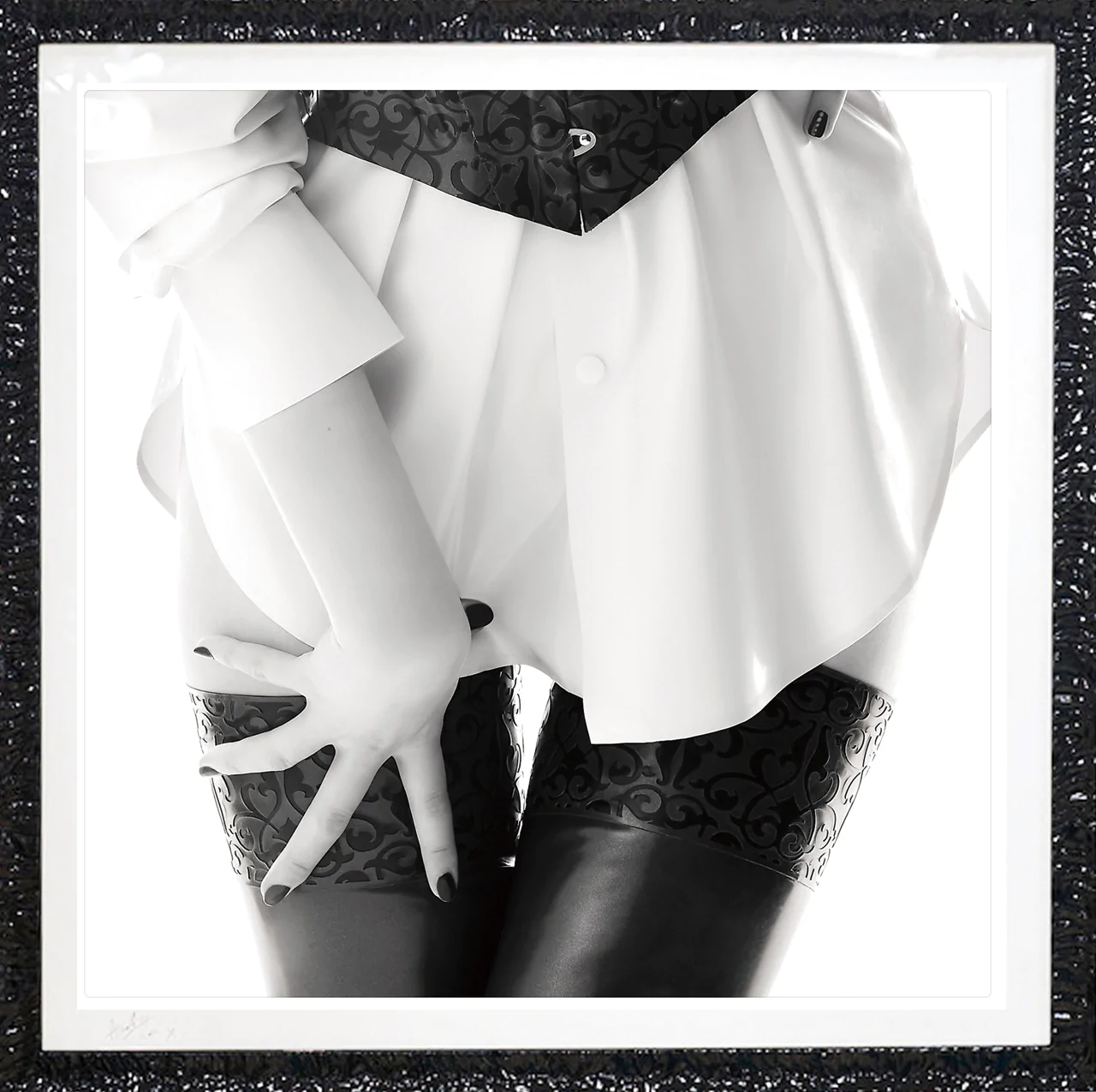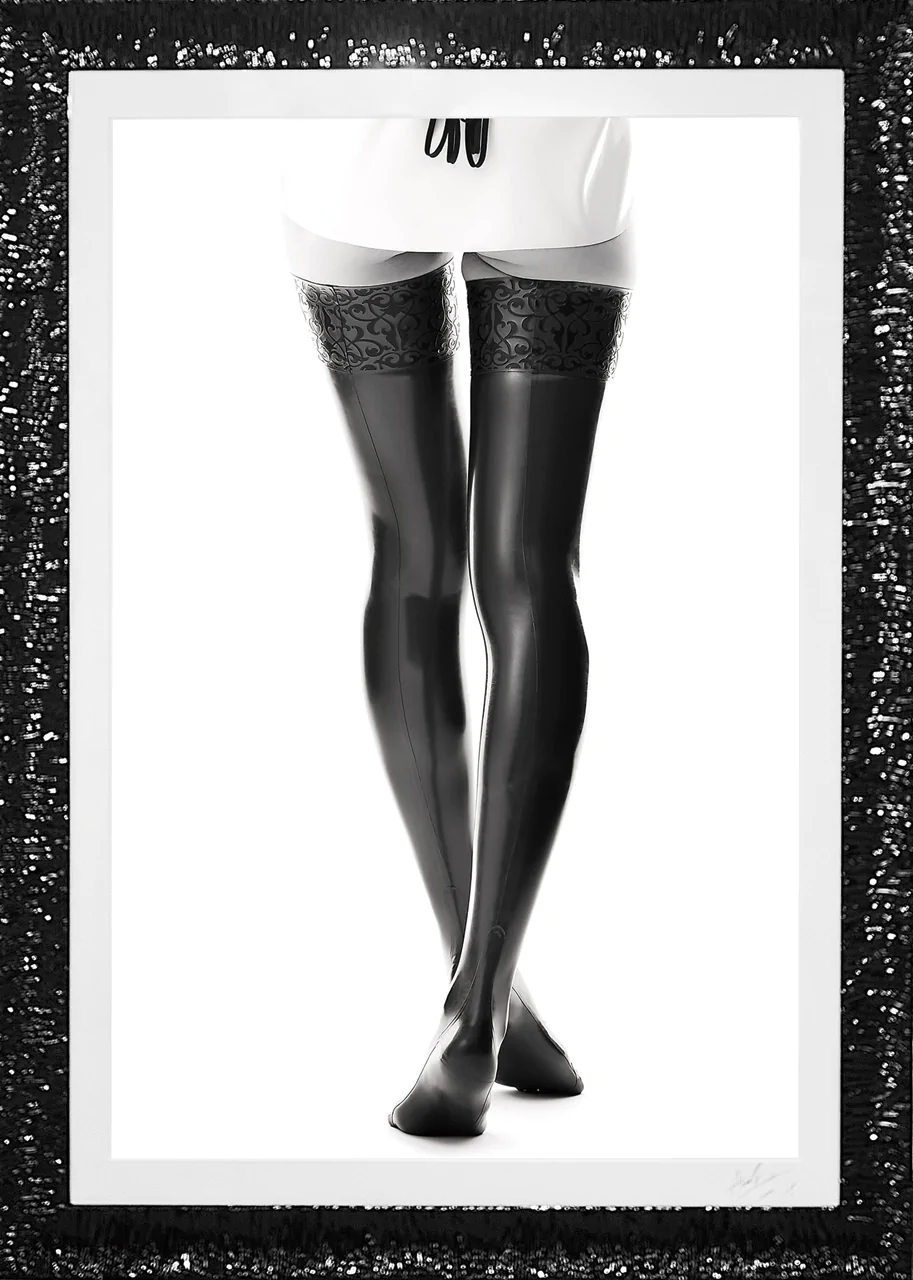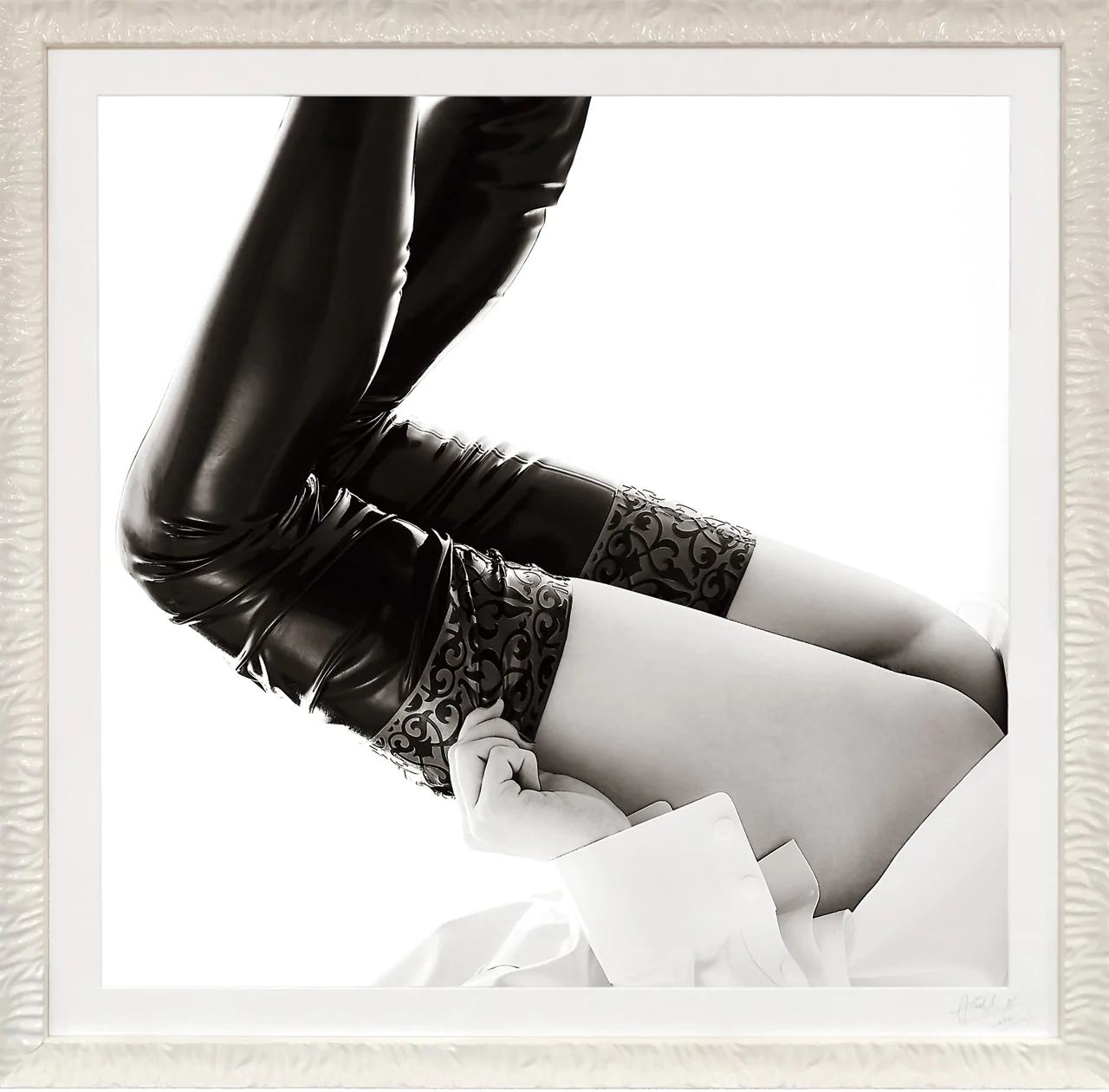Photography is like an improvisation
Hiratsuka Atsushi, a photographer who works mainly in the fields of fashion and advertising, was born in Tokyo in 1982. His father, Hiratsuka Shigeo, is an illustrator and graphic designer who has worked on book covers for Yoshio Kataoka and Yasuo Tanaka, so he grew up in a creative environment.
Hiratsuka aspired to be an actor, and after graduating from high school, he went to London to study theater. During his four years in England, he studied method acting and appeared on stage and in short films. The film he starred in at the time was selected for the Venice International Film Festival, and he experienced the red carpet with "Sumikko no Hito Nagara". After returning to Japan, he also assisted a kabuki actor. These experiences in the acting world are the core of Hiratsuka's photography.
When he first began to pursue a career as an actor, he started working part-time as a photographer at an amusement park, both in case he was offered a role as a photographer and as a hobby. After acquiring a digital camera and helping out a photographer his father knew, he began to be drawn to the appeal of expression that was different from acting.
The accumulation of fragmented memories, such as the photo shoots his father took him to, the photo books he looked at at home, and the Mario Testino photo exhibition he saw in London, awakened his fantasy of photography in Hiratsuka, and at the age of 31, he decided to become a photographer. After studying under Seiichi Nakajima, Mikio Kobayashi, and Jimmy Ming Shun, he became independent. He is active not only in Japan but also around the world, focusing on fashion, portraiture, and advertising.
Fetishism as fantasy
Hiratsuka says that filming is like improvisation. His lighting, which he derived from theatrical methods, especially from Kabuki, which he has experienced up close, is his own unique style.
In Kabuki, the hanamichi is on the left side of the stage, from which the story can be predicted. And on the right side of the stage is the object of worship. This rule of theatrical expression has had a great influence on Hiratsuka's photography. In this way, Hiratsuka explores "fetishism." He captures the harmonious combination of foreboding premonitions and worship.
"Fetishism is often associated with a sexual and perverted image, but it's something that everyone secretly harbors and is nothing to be ashamed of. The world should be more open and free. Fetishism should also be open to new developments. The world will change if we accept and experience it."
Originally, fetishism meant the worship of inanimate objects by a community or an individual. The term "fetishism" is mostly used for physical (sexual) things, such as adoration of certain body parts or images of wearing leather or rubber bondage suits. However, this worship can also apply to the collection of toys, sneakers, knives, records, and the list goes on.
Each of them begins their own individual "life" with their own values, detached from social contexts, in the order of their own experiences, sensitivities, and memories. It is a legitimate escape from a daunting reality, a fantasy to find a true place for oneself in a daily life that feels difficult and lacks reality. Fetishism can be said to be a wish to regain our humanity when we feel trapped and suffocated in society.
Monochrome captures captivating luster
Bondage represents sexual restraint and captivity, with women clad in shiny leather, latex, PVC and other materials. Hiratsuka encountered bondage works by the internationally acclaimed latex brand Kurage and was fascinated by the unique "fascinating luster" of latex material. Then, taking up a Leica camera, which excels in expressing black, he pursued monochrome expression in "Your Rubber [could be your lover...]". This exhibition will feature 15 monochrome prints, including previously unpublished works, capturing the bodies of women clad in bondage fashion.
"When I was a child, there were bondage fashion photo books and dolls among the design materials at home, and I thought they were beautiful when I looked at them. I was scared, but I wanted to touch them, but I couldn't. And I felt a sense of death somewhere. I think I felt that fascination even as a child."
Hiratsuka says that while he was attracted to the world of fetishism, there was a time when he felt like he was being impure and could not reveal his tastes to others. But it was theater and photography that liberated him from sexuality as the true birth of his heart.
Hiratsuka learned method acting in the UK and saw The Rocky Horror Show back then, which may seem strange to Japanese people, but it is a world of free expression. On the other hand, Hiratsuka, who was involved in the world of Kabuki as a dressing room helper, experienced firsthand the weight of tradition, such as the actors who focus their entire body on the performance, as well as the etiquette and craftsmanship that supports the stage.
Cherish and love each individual life
Hiratsuka captures bondage through the synchronicity and contrast of different cultures. In terms of the physicality of bondage, he completes his works with frames that are smooth and have a warmth behind their luster when touched with the palm of his hand, and exhibits them in a style that allows viewers to view them while touching them. This creates the illusion of interacting with the subject, opening up the possibilities of photography as a tactile medium.
"I hope that Your Rubber, a piece that can be enjoyed with all five senses, like gently touching a woman, will become your lover."
The immersive feeling of touching the bodies covered in latex rubber with your eyes and looking at them with your hands. The luster that emerges there is the brilliance of an individual's life, and you can confirm that fetishism is a genuine affection for human beings.










